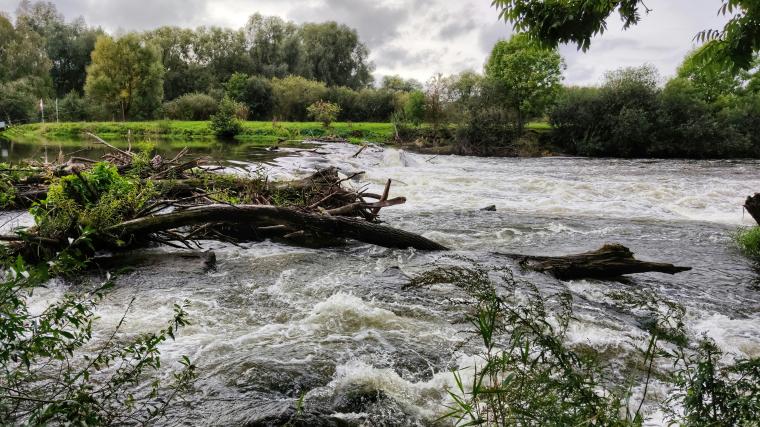
In a nutshell
With climate change, we’re not just seeing changes in average temperature and rainfall, we are also seeing an increase in the frequency of extreme weather events. These include heat waves and extreme cold events, as well as droughts and heavy rainfall events. Many research studies have explored how changes in average climate conditions might affect the timing of events in plant and animal life cycles. However, few studies have explored the potential effects of extreme weather events on the timing of plant and animal life stages.
To address this question, a group of researchers used more than 2 million observations of plants, butterflies, and moths in the U.S. that were submitted to iNaturalist between 2016 and 2022. They used these data to determine whether the start and end of plant flowering periods and insect flight periods were affected by extreme heat, extreme cold, extreme dry, or extreme wet conditions.
As expected, the researchers found that annual average temperatures had a strong effect on the timing of plant and insect life cycles. But importantly, they also found that the timing of plant flowering and insect flight was also sensitive to extreme weather events. In general, extreme heat resulted in earlier and longer flowering periods and earlier and longer insect flight periods. Extreme cold led to earlier insect activity and longer flight periods but did not affect plant flowering. And finally, extreme wet or dry conditions delayed both the start and the end of plant flowering and insect flight periods.
What is special about this study?
The researchers used relatively simple data (photos of plants and insects) to assess how the timing of plant flowering and insect activity across the U.S. has been affected by extreme weather events. By leveraging a huge number of observations, they were able to demonstrate that impacts of extreme events were significant, differed among plants and insects, and varied regionally depending on average climate conditions.
What does this mean for YOU?
The results of this study highlight why it’s important to evaluate the effects of extreme weather events on plant and animal populations. This study can also help us identify where and when plants and insects are expected to respond differently to extreme weather events, potentially causing mismatches in the timing of floral resources and insect pollinator activity.
This study would not have been possible without the large amounts of data contributed to public repositories by community scientists and naturalists like you. As the frequency of extreme weather events increases, it will be even more important to understand how the effects of these events vary among species and regions and to identify which ecosystems may be highly impacted.
Citation: Li, D., Belitz, M., Campbell, L., and R. Guralnick. 2025. Extreme weather events have strong but different impacts on plant and insect phenology. Nature Climate Change 15:321-328. https://doi.org/10.1038/s41558-025-02248-7